Project Based Learning spreads over weeks and sometimes months. It also includes multiple subject areas and standards. Therefore, it can be difficult to grade a project based learning unit. Students work in collaborative groups and work independently. There are also different levels of learning to be considered. Traditional ways of evaluating student learning may not work. By including rubrics as part of the grading process, it can be beneficial for teachers and students during the unit. There are definitely times when traditional testing is appropriate. When real-world learning takes place, assessing students needs to be adapted. Teachers may need use authentic assessment to include problem-solving, critical thinking, creativity, and other higher-level thinking skills. Using the structure of Blooms Taxonomy may be another option for implementing rubrics.
Involve Your Students in Assessments
There are times when conferencing with students is the most appropriate way of assessing them. Teachers can get feedback from your students about the project and answer questions they may have about their progress. Students can complete daily reflections through Google Forms or Digital Rubrics. Teachers will have immediate access to the documents to see if students are struggling and need additional help. Involving your students also gives you an opportunity to improve the project and see what's working and not working. Conferencing with your students gives you a true picture if deep learning is taking place.
Follow Up With Rubrics
There are different types of rubrics you can use during a project based learning unit. Rubrics give you flexibility in grading. I used Google Slides to create different rubrics to use during a unit. They can easily be customized to fit the project. The first slide has the title of the rubric with the categories. Teachers then add their requirements for the ratings. The next slide has the title of the rubric but the teacher can customize the categories and the requirements. Teachers can add standards that need to be completed during the project.
The rubrics include grading students on mechanics (vocabulary, spelling, sentence structure...), as well as attitude, collaboration, and presentation of the project.
- Interview an Expert - preparation, follow-up, knowledge of subject, professionalism
- Group Collaboration - contribution to the group, attitude, focus, timelines
- Research - organization, sources, amount of information, quality
- Oral Presentation of the Product or Findings - graphs or visuals, knowledge of subject, voice, vocabulary, organization
- Brochure - visually appealing, organization, vocabulary, structure
- Persuasive writing - mechanics, knowledge of subject, structure, vocabulary, introduction, main points and details
- Multimedia presentation - type of presentation, knowledge of subject, creativity
- STEM presentation - ask, imagine, plan, create, test, improve, communicate
- Self-assessment - contribute, respectful, independent, focus, understanding
- Self-assessment for primary - uses emojis for self-grading
To get your FREE set of Project Based Learning Rubrics, click on the image below. These rubrics can also be used for other activities.
More blog posts about assessing students during project based learning units:











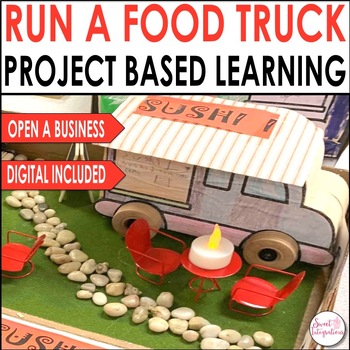


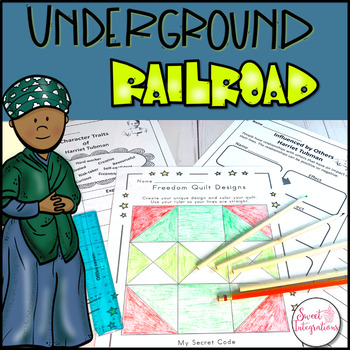
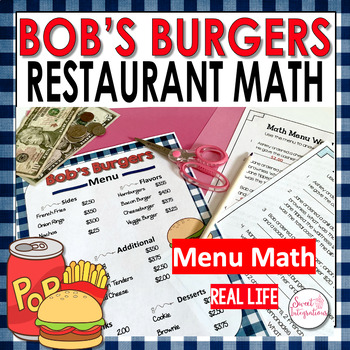

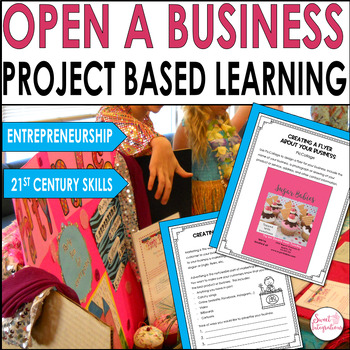
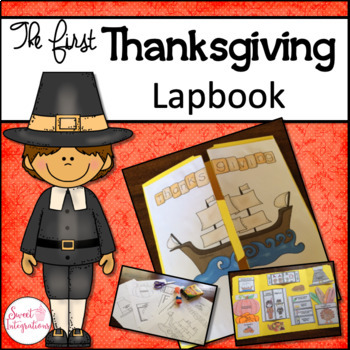

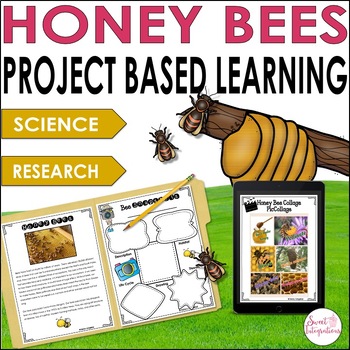



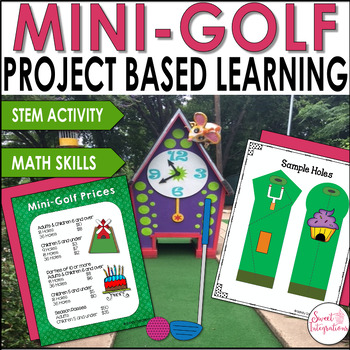
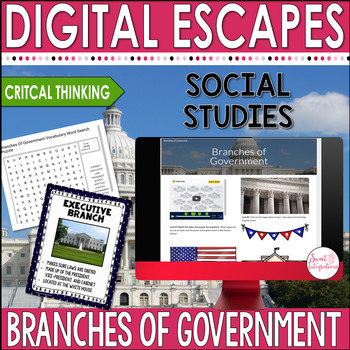

No comments